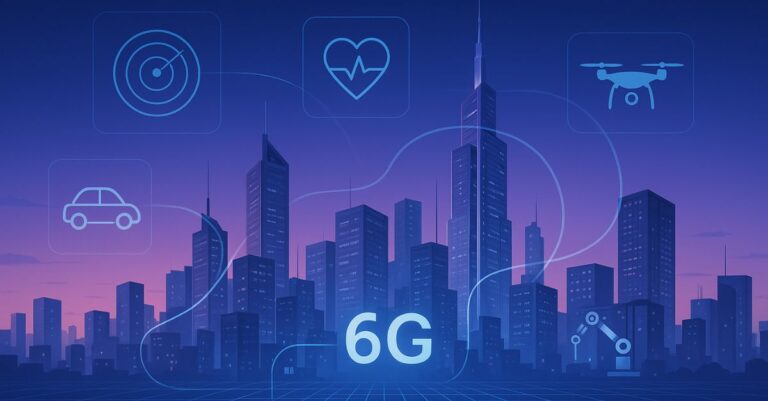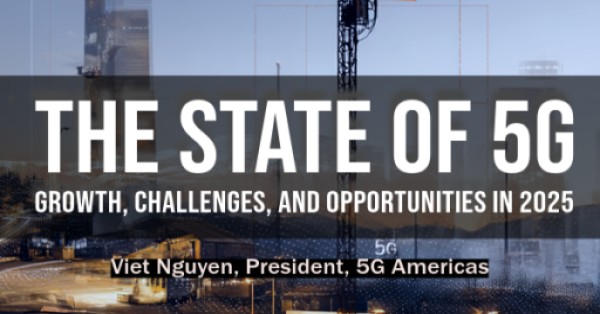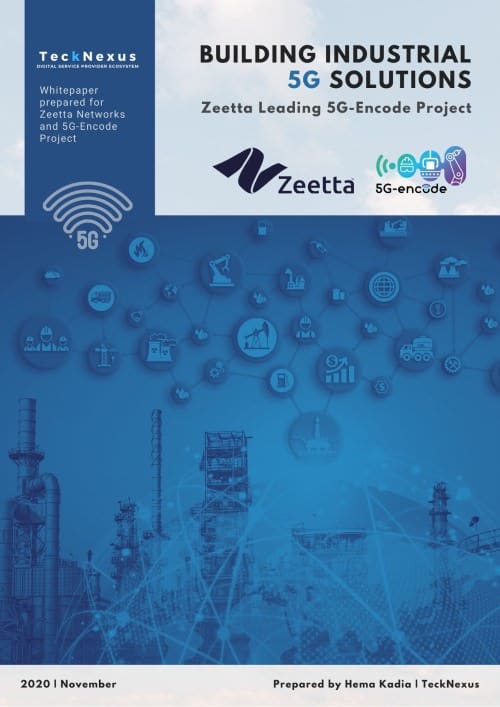According to ABI Research, 5G fixed-wireless access (FWA) services are increasingly being seen as a competitive alternative to traditional fixed broadband in both developed and emerging markets. The firm predicts that the number of 5G subscriptions of FWA could reach 72 million by 2027, which would represent 35% of the total fixed-wireless market.
FWA is seen as one of the few use cases that can fully utilize 5G Massive Multiple-Input Multiple-Output (mMIMO) networks, with a monthly utilization that could reach 1TB per subscriber. Many mobile network operators (MNOs) that who have launched 5G services are expected to offer FWA, driving 5G FWA market growth.
The expansion of the 5G FWA market is currently being propelled by implementations in the US, Western Europe, and the Asia Pacific region. For instance, T-Mobile is seeking to capitalize on the potential of 5G FWA in the US, as around two-thirds of its urban and suburban residential customers are unhappy with their cable service, making up a considerable portion of its 5G FWA clientele. Meanwhile, in Western Europe, EE UK introduced 5G FWA in 2019 and aims to achieve 90% coverage across the UK with 5G by 2028.
Meanwhile, Fastweb launched 5G FWA in 2020 in Italy and plans to cover 12.5 million homes and businesses by 2025. There is also growing interest in the Asia Pacific region, as Reliance Jio aims to reach 100 million homes through 5G FWA.
Despite ABI’s projection of 72 million 5G FWA subscribers by 2027 being viewed as cautious, Ericsson anticipates that there will be 192 million subscribers for 5G FWA by 2027. Additionally, Juniper Research estimates that the worldwide revenue for 5G FWA services will increase to $24 billion by 2027 as more consumers shift away from traditional fixed broadband.
However, MNOs need to be careful not to clog up their networks with too many FWA subscribers. They need to evaluate their network resource, network capacity, and spectrum using artificial intelligence techniques such as machine learning to ensure steady 5G FWA growth. In the event that the 5G FWA service begins to strain their network capacity, mobile network operators (MNOs) may need to utilize the millimeter wave (mmWave) spectrum to ensure the quality of their FWA services and maintain their overall network capacity.
In conclusion, the growth potential for 5G FWA services appears significant, and the technology is emerging as a competitive alternative to fixed broadband. However, MNOs need to ensure they have the capacity to support their FWA services and the spectrum to guarantee quality. It is important to note that while 5G FWA is likely to be successful in certain markets, it may not be a complete replacement for traditional fixed broadband in all markets.



























